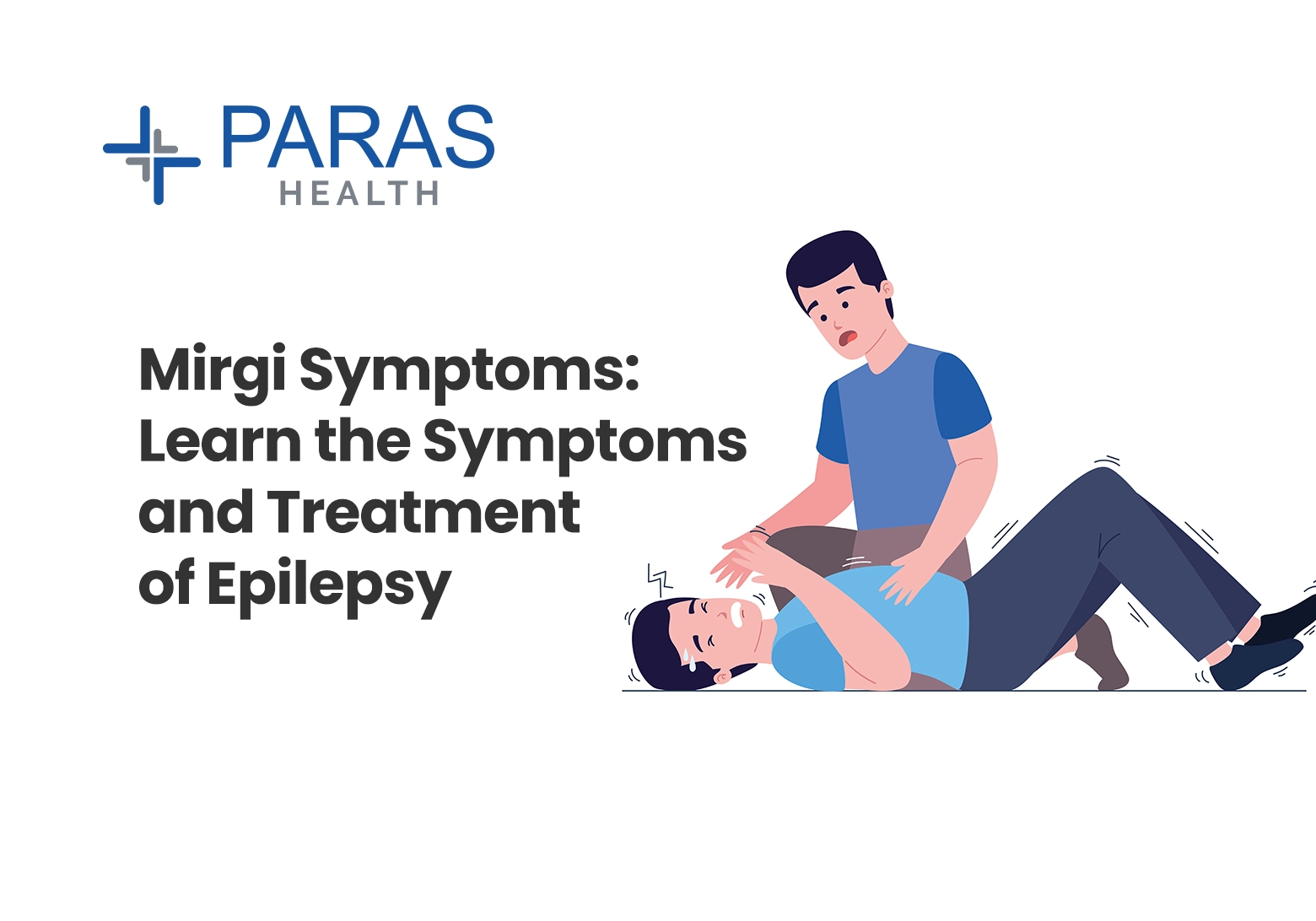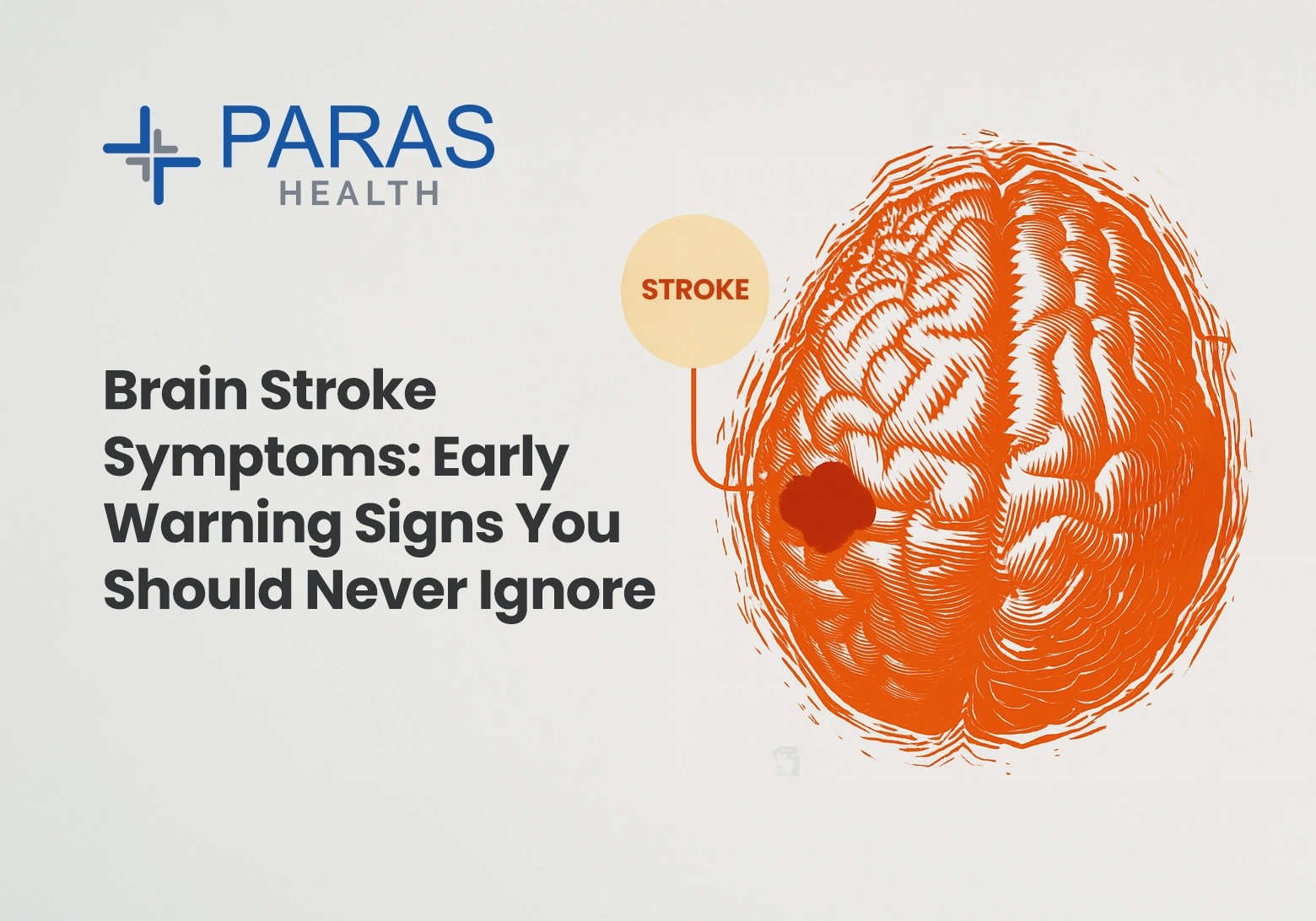What are the symptoms of a brain aneurysm?
Apr 19, 2022
A brain aneurysm is a bulge, ballooning in a blood vessel in the brain. It looks like a berry hanging on a stem. A brain aneurysm can rupture or leak. It can also cause bleeding into the brain and is the leading cause of a hemorrhagic stroke. Most often ruptured brain aneurysm occurs in the space between the brain and thin tissues covering the brain. This kind of hemorrhagic stroke is called a subarachnoid hemorrhage.
Main sign and symptom associated with a Brain Aneurysm:
A sudden severe headache is the main symptom of a ruptured aneurysm. This headache is often described as the worst headache one has ever experienced. A ruptured aneurysm can quickly become life-threatening and requires a prompt medical treatment.
Treatment for a Brain Aneurysm:
Treatment of an unruptured brain aneurysm may be appropriate in some cases and may prevent a rupture in the future.
Common signs and symptoms of a ruptured aneurysm are given below:-
- A severe headache or Thunder lap headache
- Nausea and vomiting
- Stiff neck
- Blurred or double vision
- Loss of consciousness
Unruptured brain aneurysm may produce no symptoms. Especially if it’s small, however, a larger unruptured aneurysm may press on brain tissues and nerves it possibly causing any of the following :
- Pain above and behind one eye
- A dilated pupil
- Change in vision or double vision.
- Numbness of one side of the face.
They may also come off in a headache which are known as a sentinel headache.
When to consult a specialist?
If you are experiencing a headache with any of the signs and symptoms listed above, it is best that you consult a neurologist at the earliest. Please also go to a specialized neuro care center.









